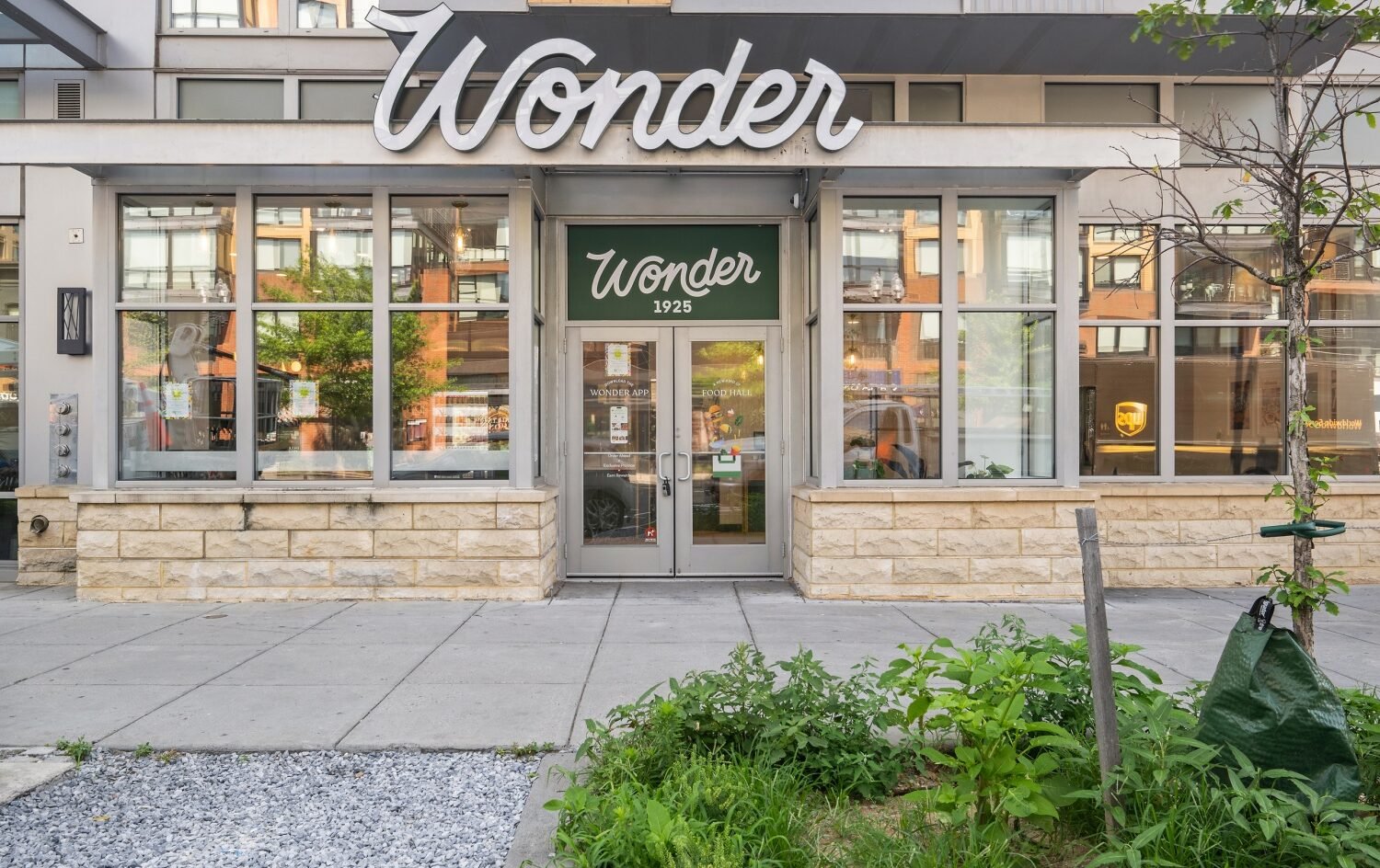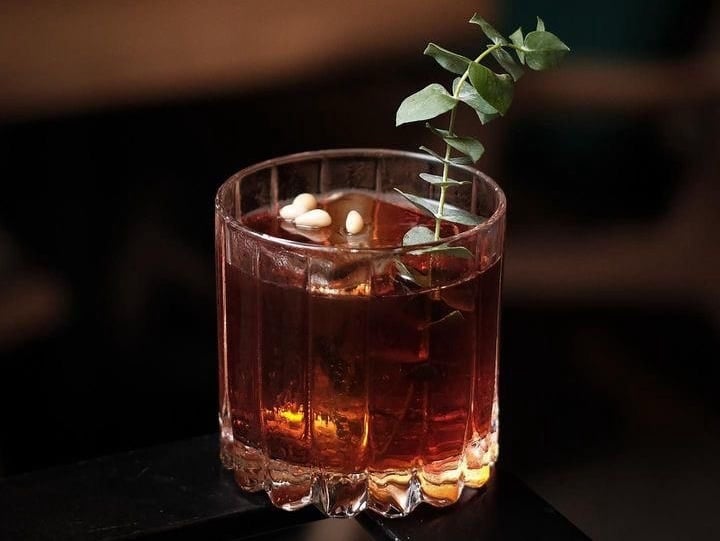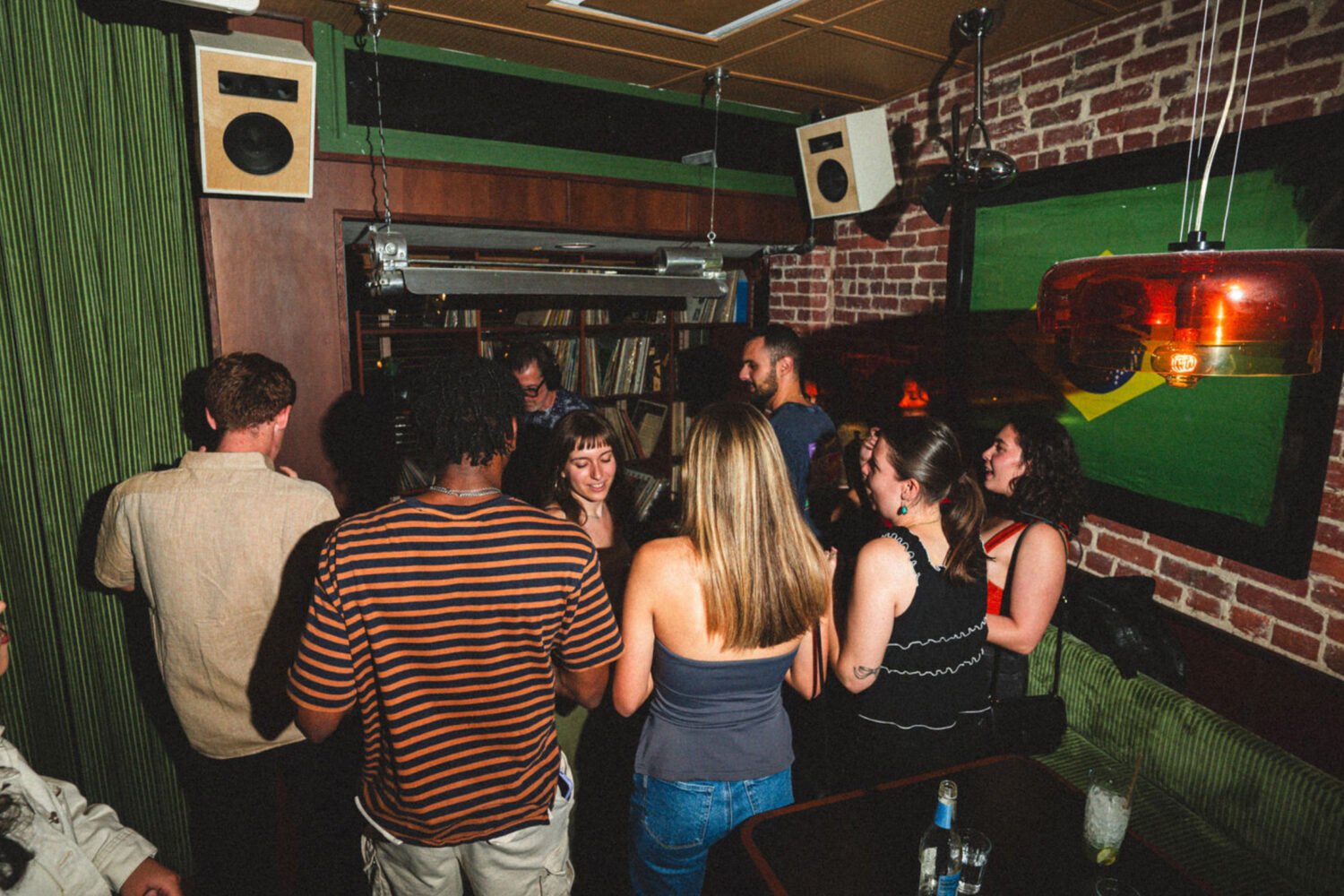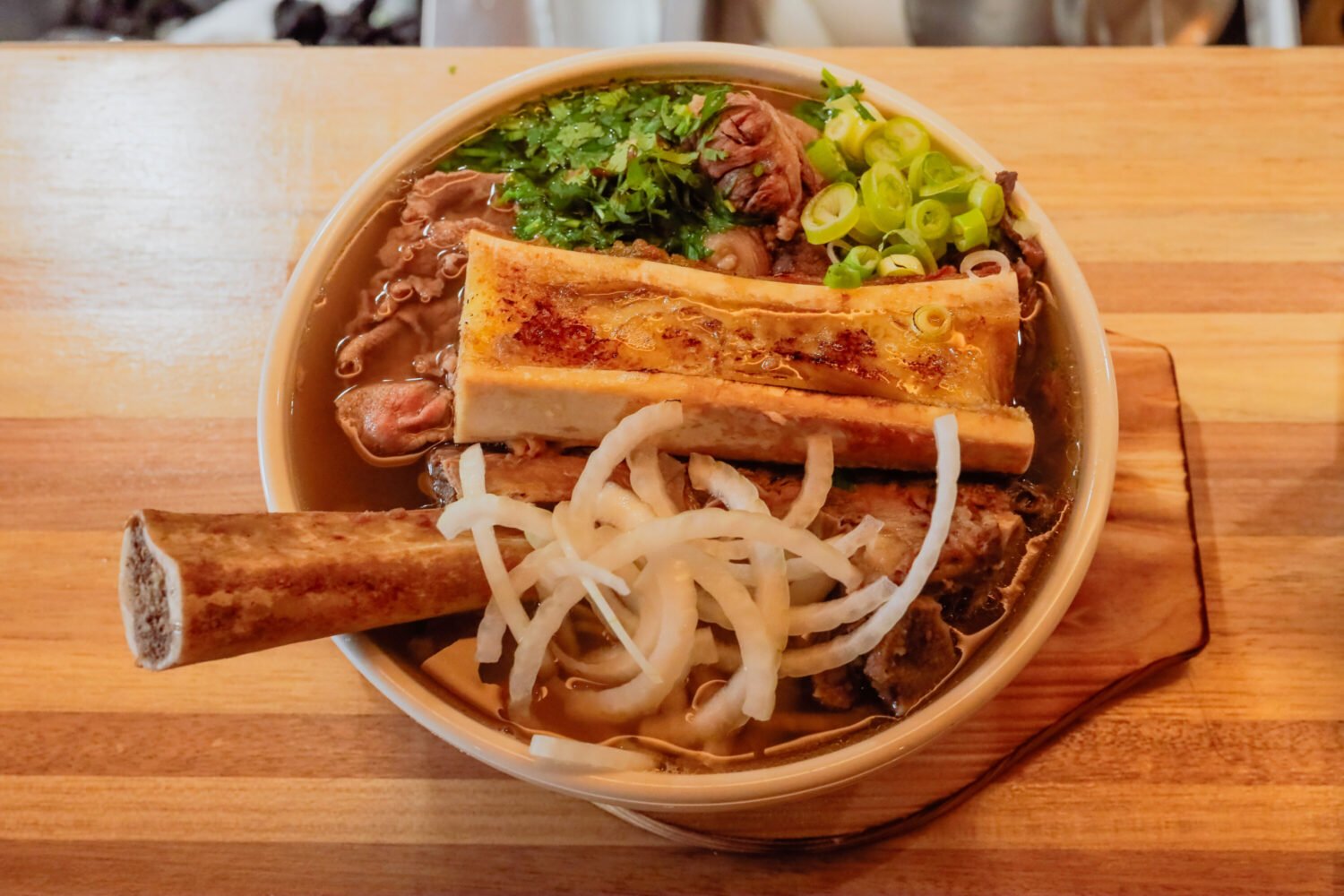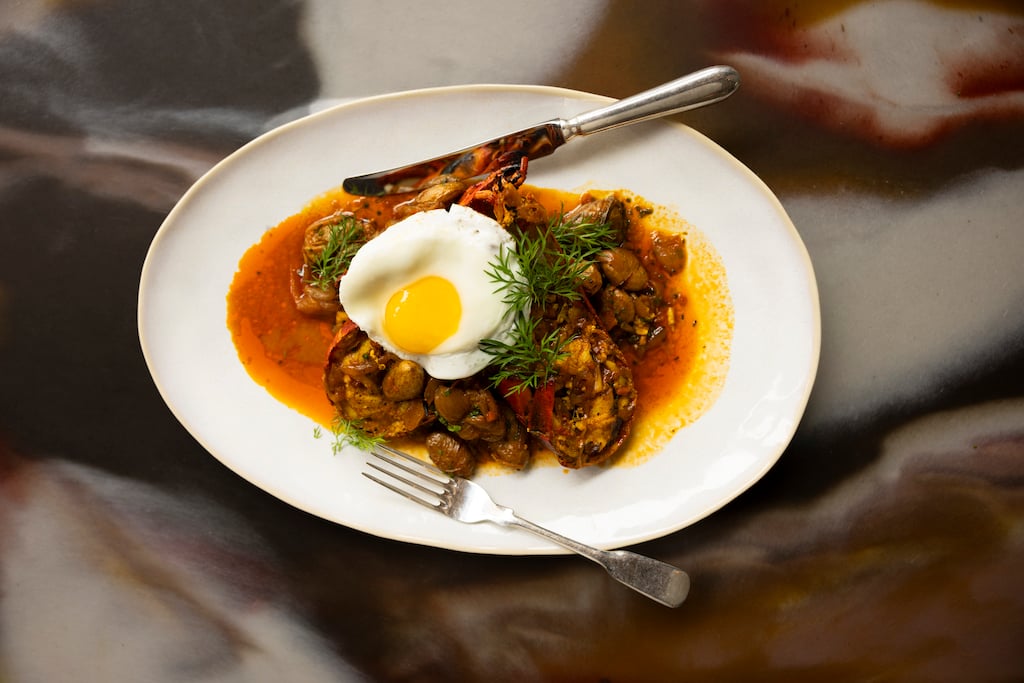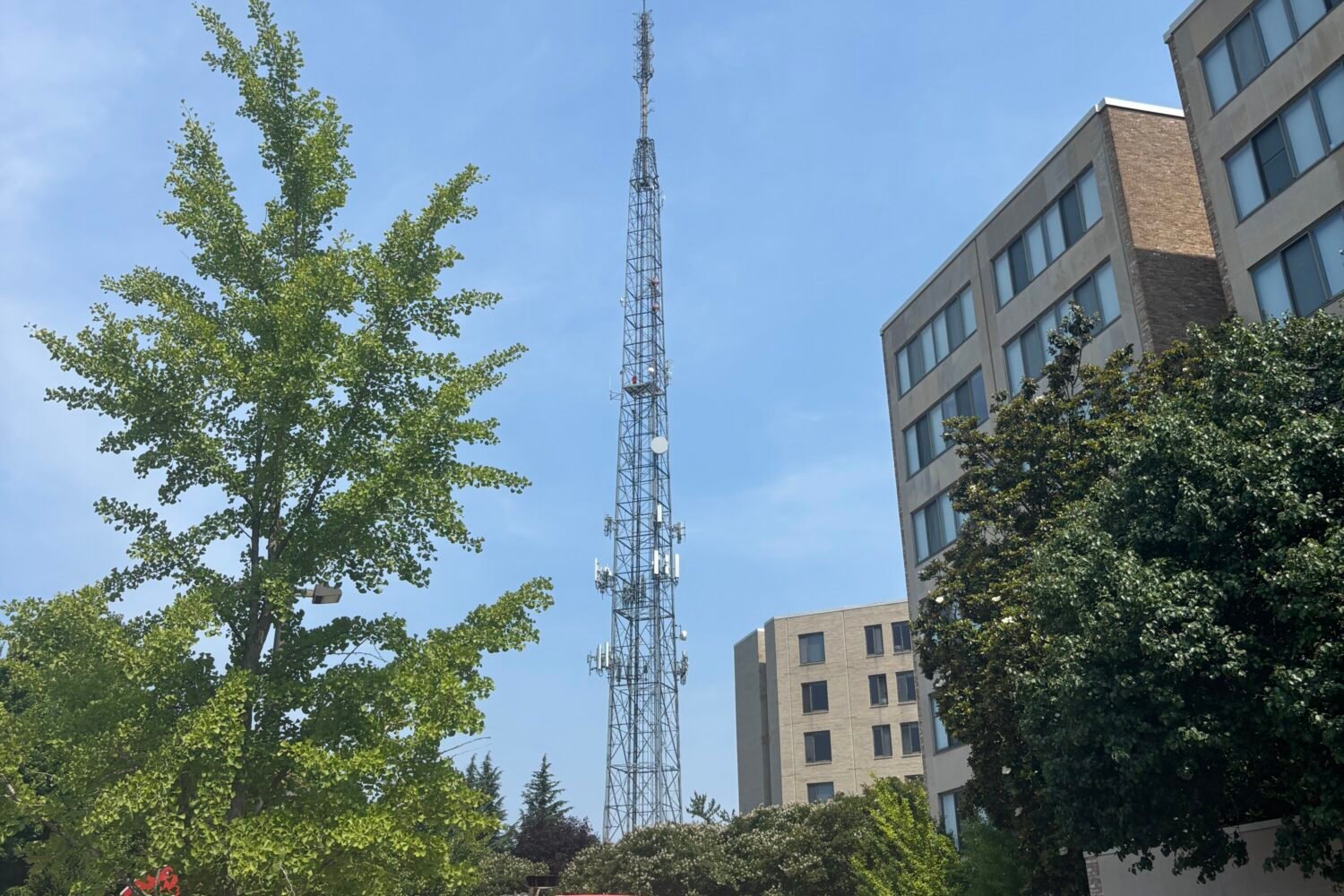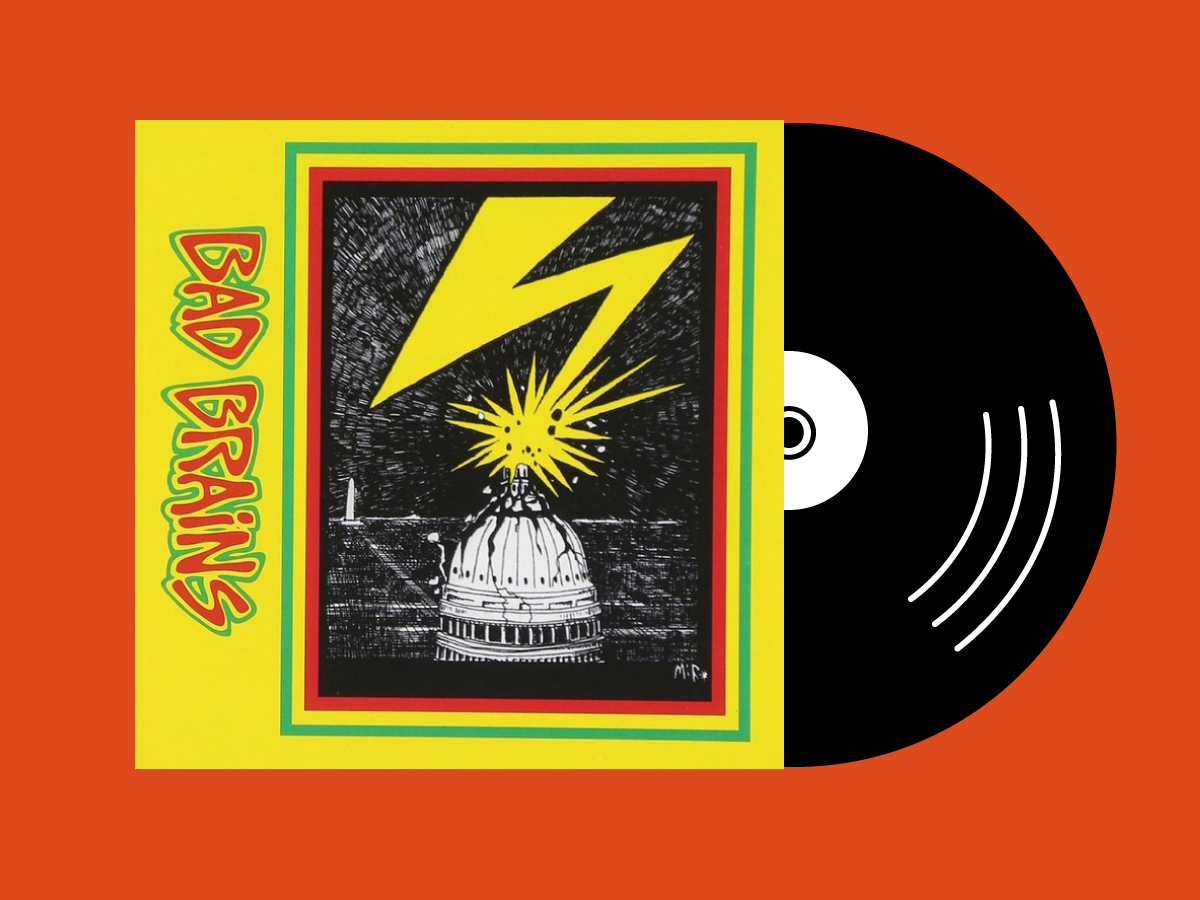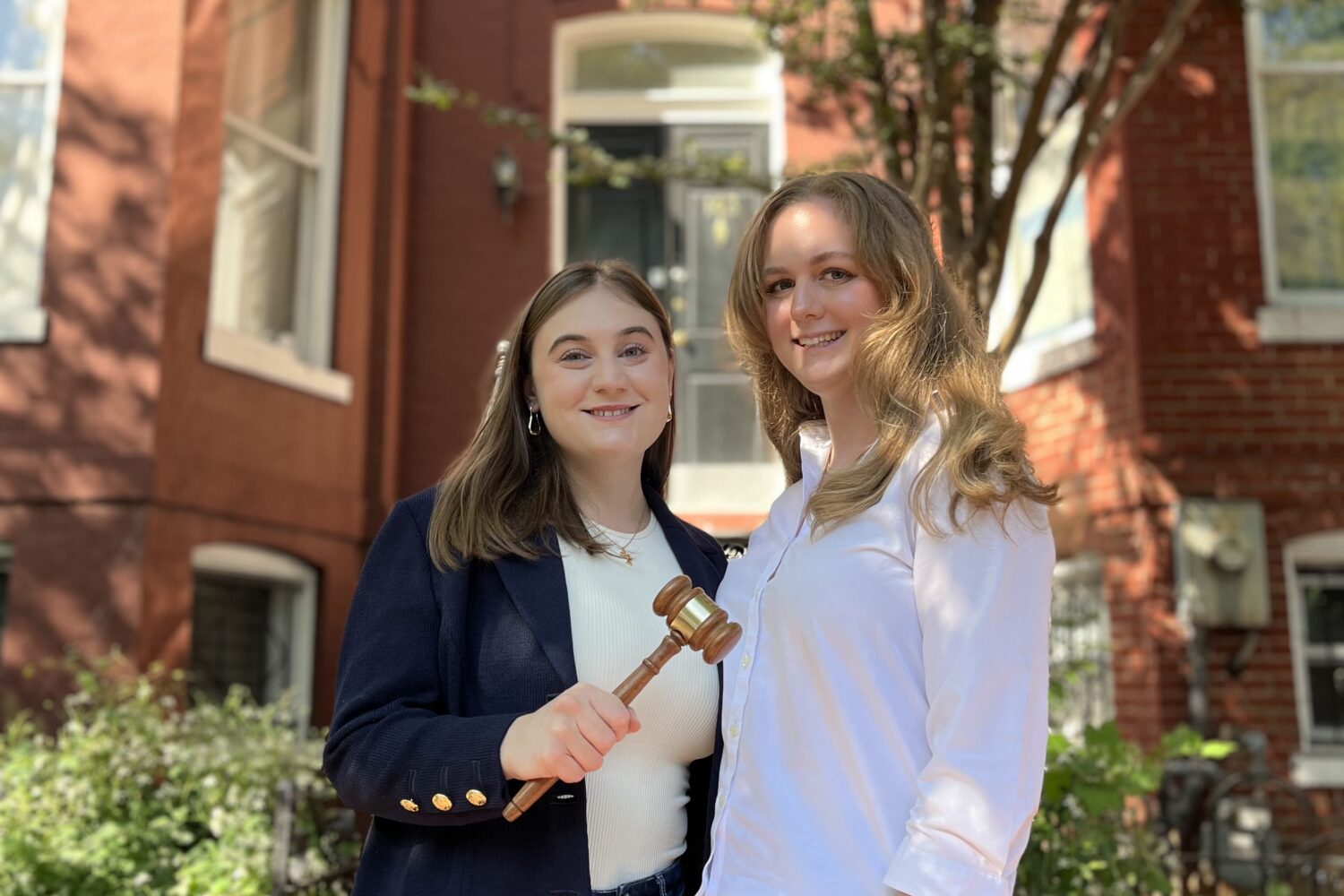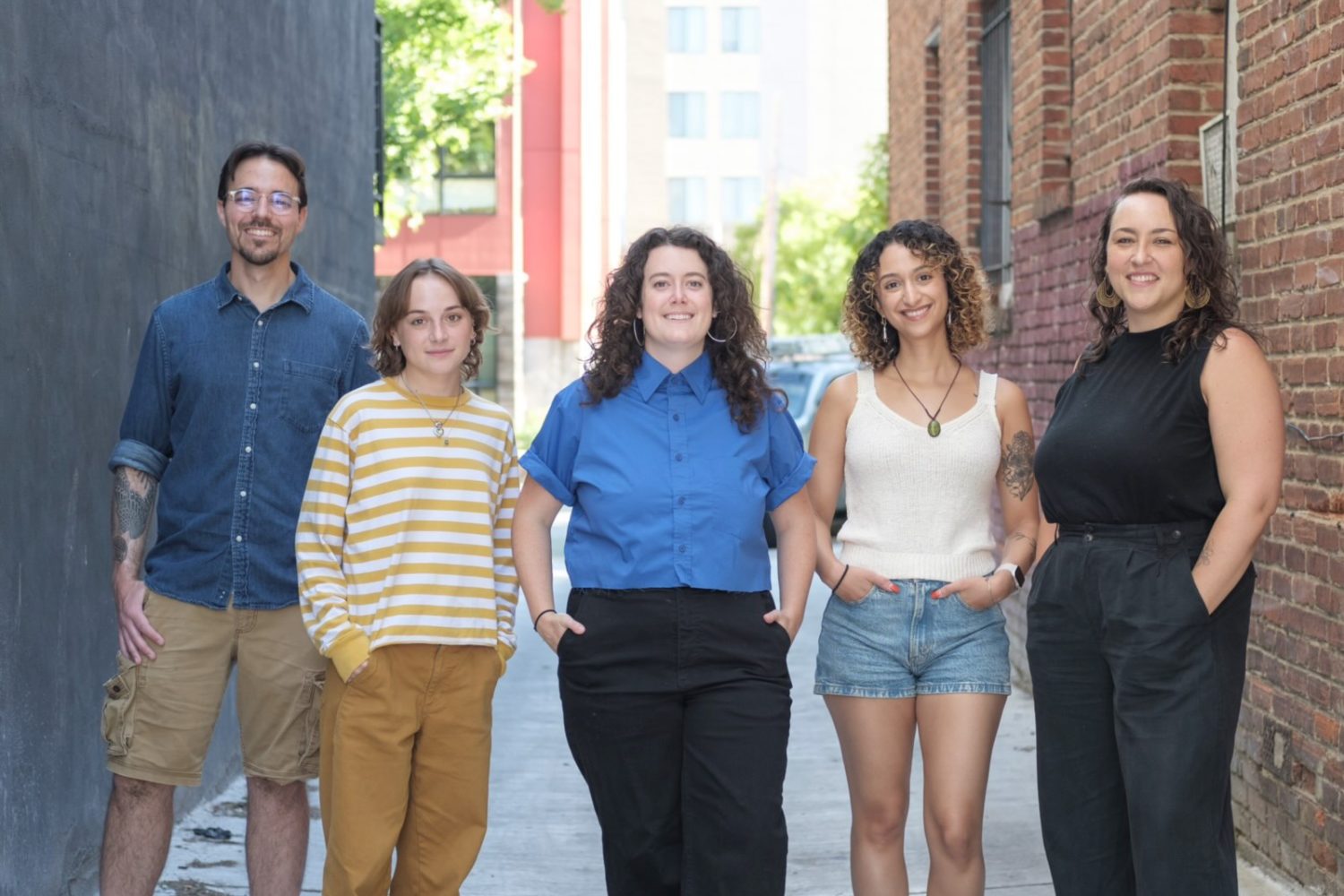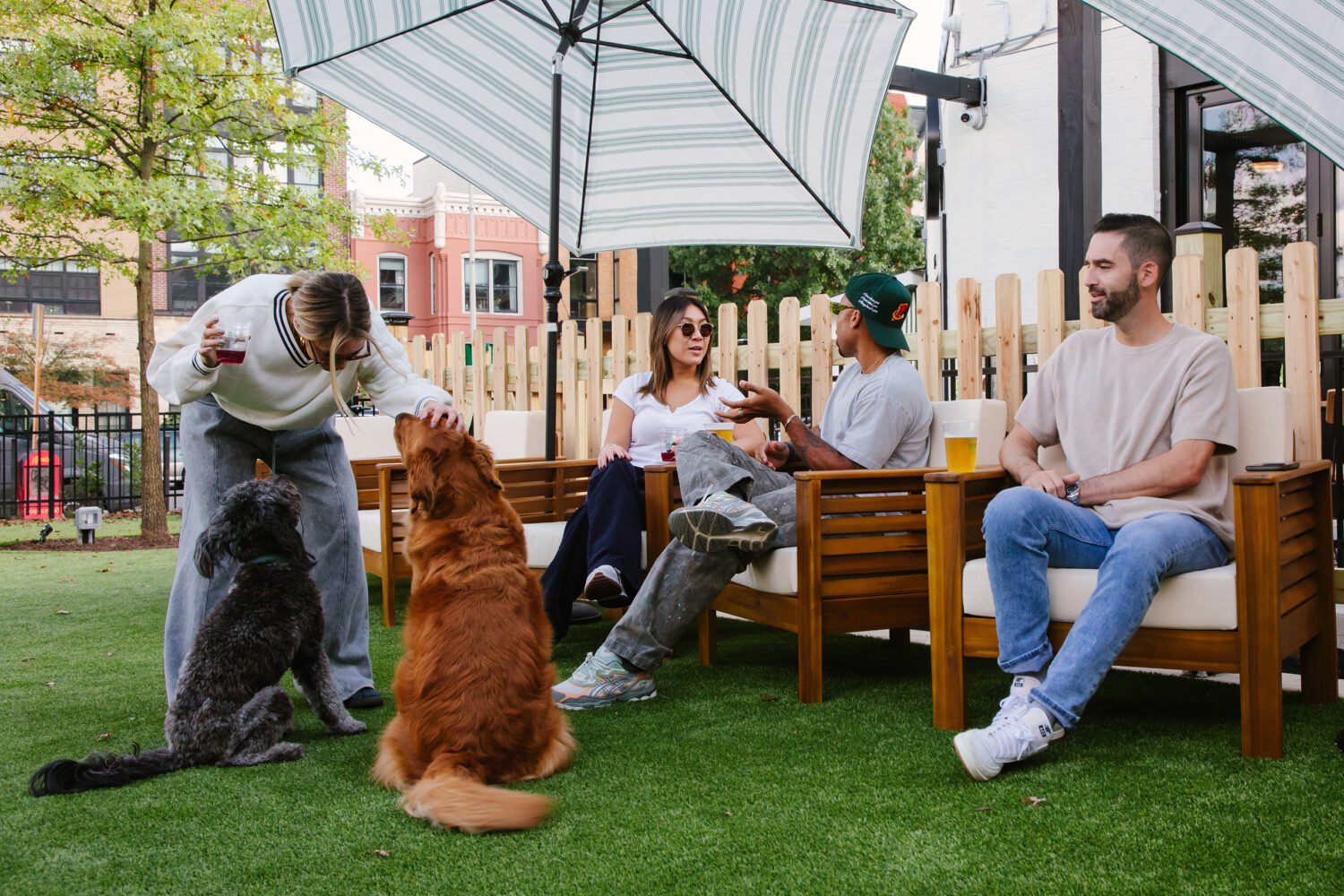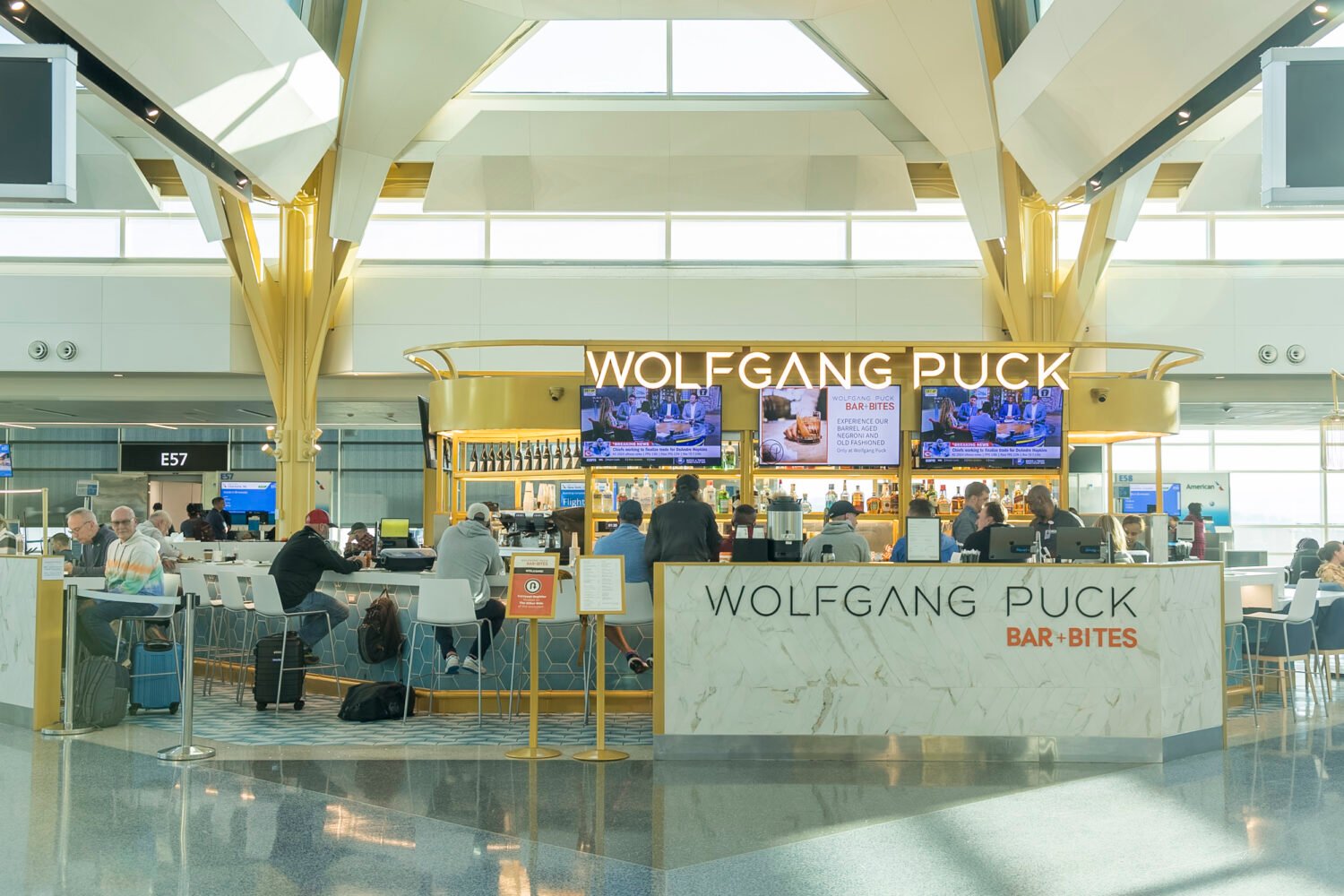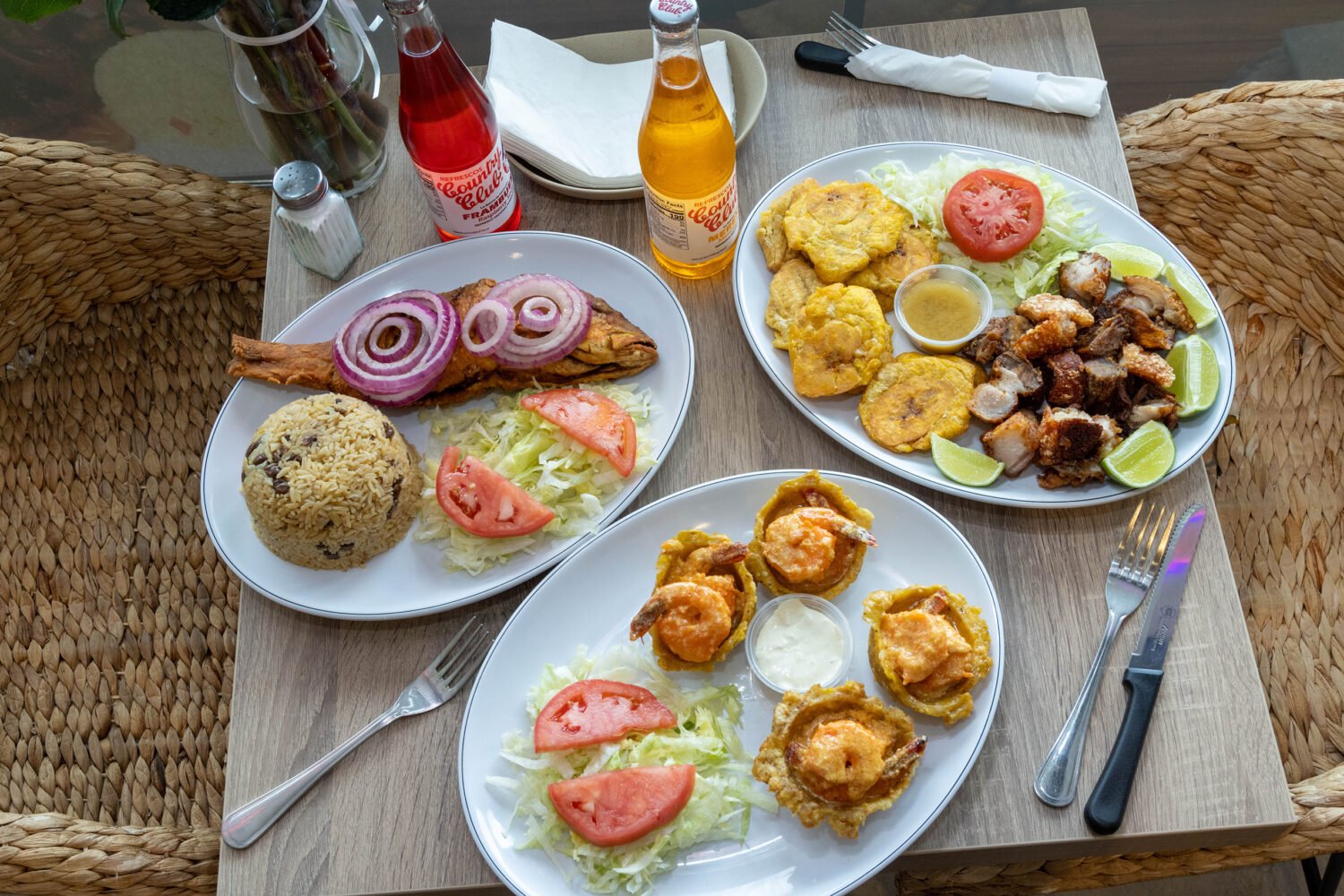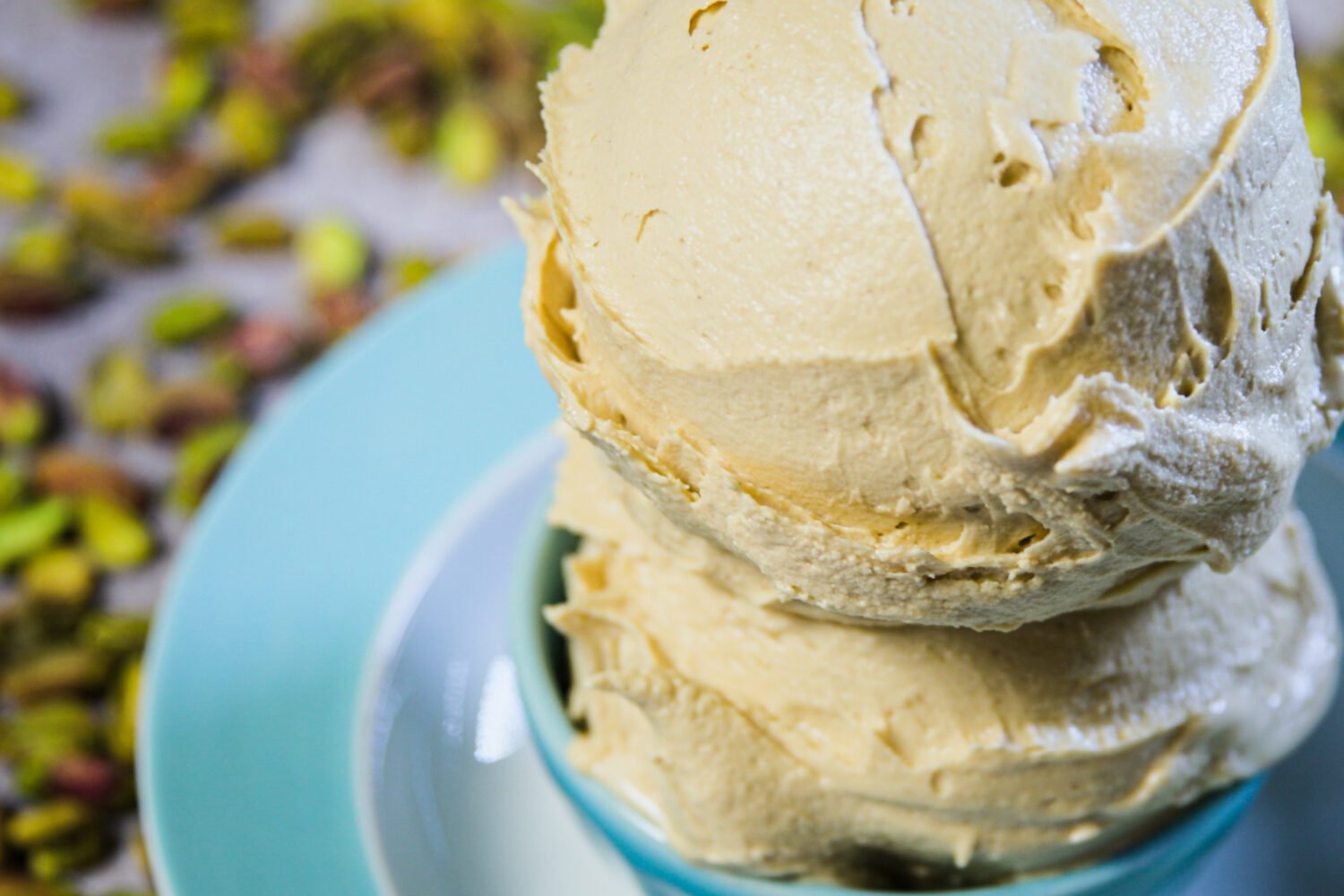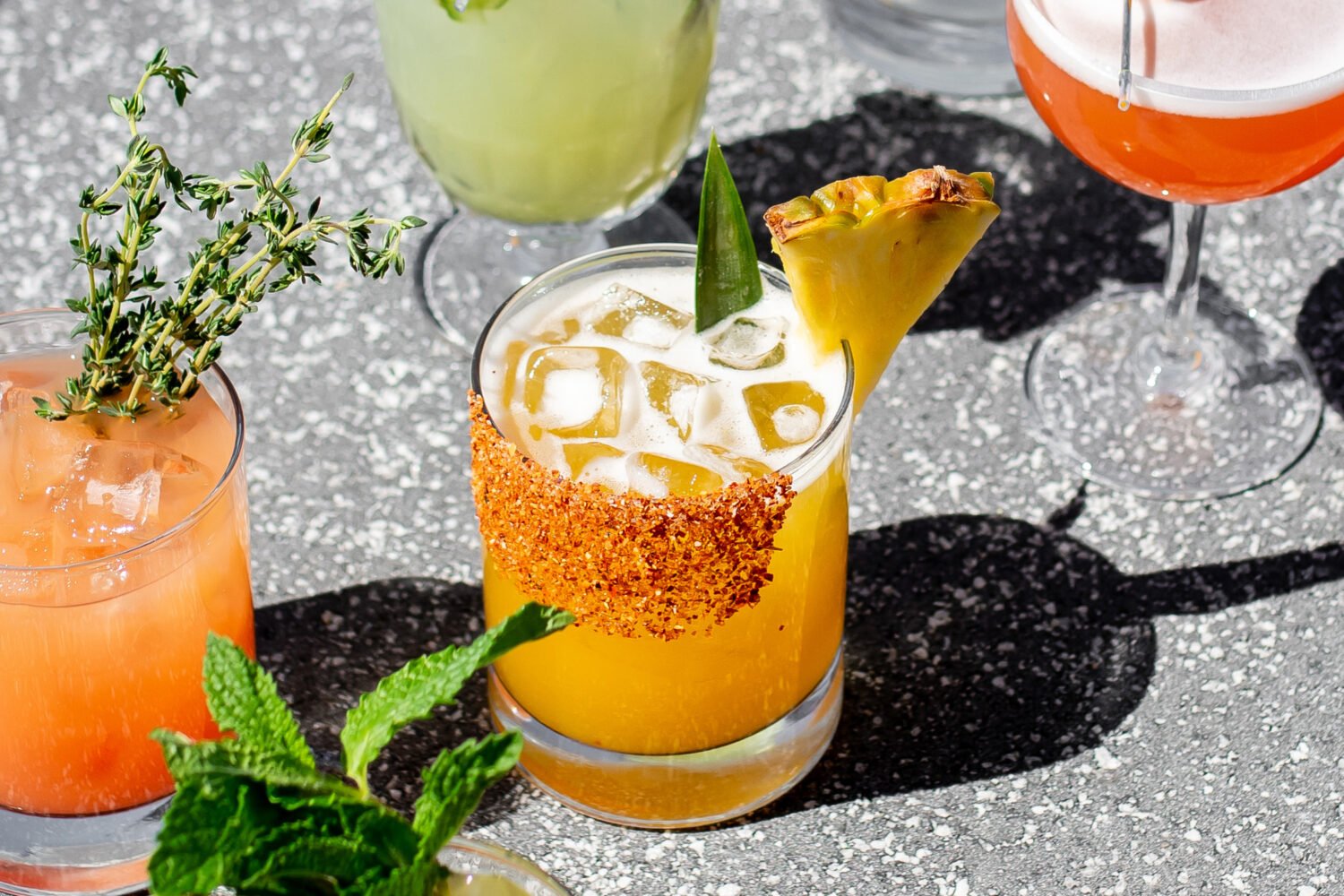WAMU podcast Dish City is using DC culinary touchstones like power lunches and pupusas as a way to explore change across the city. The first of seven episodes will drop on September 12, with new segments coming out each Thursday.
Washingtonian checked in with Dish City producers Patrick Fort and Ruth Tam to talk about the themes linking different dishes, folks who diss the DC food scene, and more.
What makes a dish or a cuisine an iconic food of DC? How are you defining that?
Ruth: We’re exploring two different ways to define it. Do residents have to claim the food as theirs for it to be iconic? Or does it have to be also known outside of the District and recognized by people who are coming here for maybe the first time? Iconic to some people might not be iconic to others and we’re exploring why that is.
Patrick: One of the things that’s been interesting for us is the more we work on this podcast, the more we’re realizing it’s actually less about food in and of itself. That when we think about the word iconic, it’s a lot about your own personal experiences and the social and cultural associations of a food than the actual marketing.
What are some of the questions you’re asking to go beyond just what this food is?
Ruth: For the series overall, we’re exploring the questions ‘how has DC changed?’ and ‘how do we see that through the lens of food?’ For the mumbo sauce episode that we have planned, we’re exploring its origins and its possible birth in Chicago. One question we’re looking into as Washington transplants is—how can a potentially outsider food represent DC? And does it matter where it’s from. We have a jumbo slice episode that’s exploring why is jumbo slice still the king of late night food. Some things are steeped in history and culture and all these weightier topics and other things are a little bit lighter, more fun stuff.
How did you select the voices you’ve chosen to highlight?
Ruth: We wanted it to be a mix of people you would recognize from food stories if you’re following that. Food historians like Michael Twitty, celebrity chefs like Marcus Samuelsson, and the people that if you are in DC, they are going to be names that you just know from the food scene here. We are talking to chef [Seng Luangrath] of Thip Khao next week. We’re also talking to people you haven’t heard in the food media landscape locally. People who make the food, who are part of preparing food on your plate. It’s a mix of the known voices and of people who haven’t been elevated.
How does the changing nature of these foods echo the changes happening in the District?
Ruth: You can tell change that’s happening in your neighborhood via food businesses, grocery stores, corner markets, restaurants, carryouts… The landscape of your block might look differently when stuff opens and closes and that’s stuff you can really sense on an everyday level.
But on the whole, when you see these trends happening across the District of certain businesses opening and certain things closing, that shows the nature of fluctuation of neighborhoods, like in U Street, or in Shaw, or in Adams Morgan.
What has surprised you about DC food culture?
Patrick: All of the things that we might hear someone say about pupusas are coming up in conversations about pizza. There’s so much crossover in all of the conversations that we’re having. There’s just a lot of universality to what people are experiencing—and there’s no right or wrong way to feel about any of the change that’s happening.
Ruth: I think what’s been surprising for me is exploring all the ways that people who have lived in DC longer than us think the changes that they’ve seen are better for not only themselves and their business but also DC in general.
How would you respond to those who say DC doesn’t have it’s own distinct cuisine?
Both: BOO!
Ruth: The way I’m thinking about it is if your city or region is having one food or one cuisine to point to as the thing that defines your culture and your identity there, that’s good for branding but that wouldn’t actually be good for your lived experience.
So many people who hear we are doing this podcast, they go “but what are DC’s iconic foods? What is the cuisine?” And the fact that we have seven episodes, and seven different answers to that—which is just a drop in the bucket for how you could answer that question—I think shows how wide-ranging and diverse the food scene is.
This interview has been edited and condensed.


